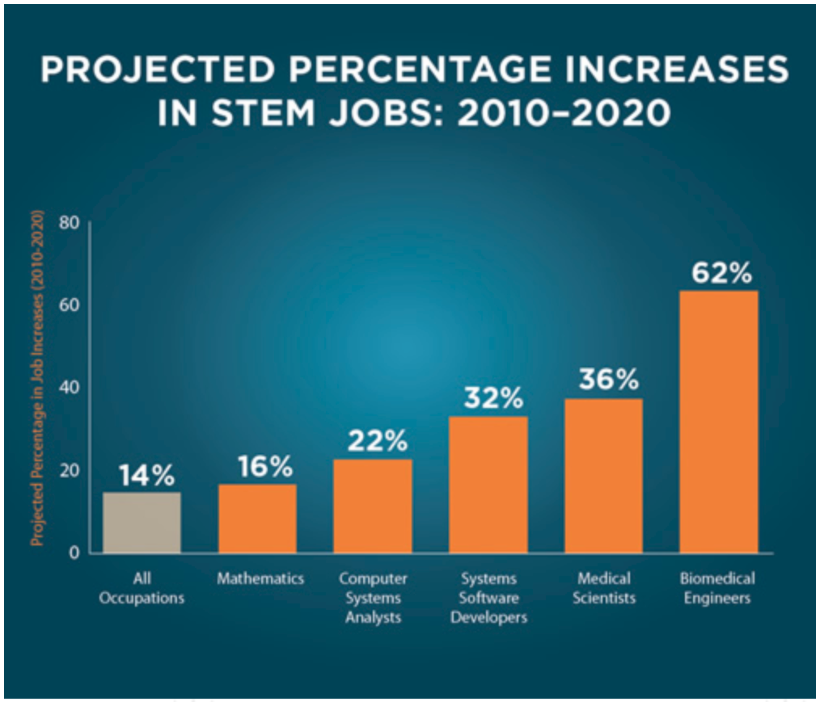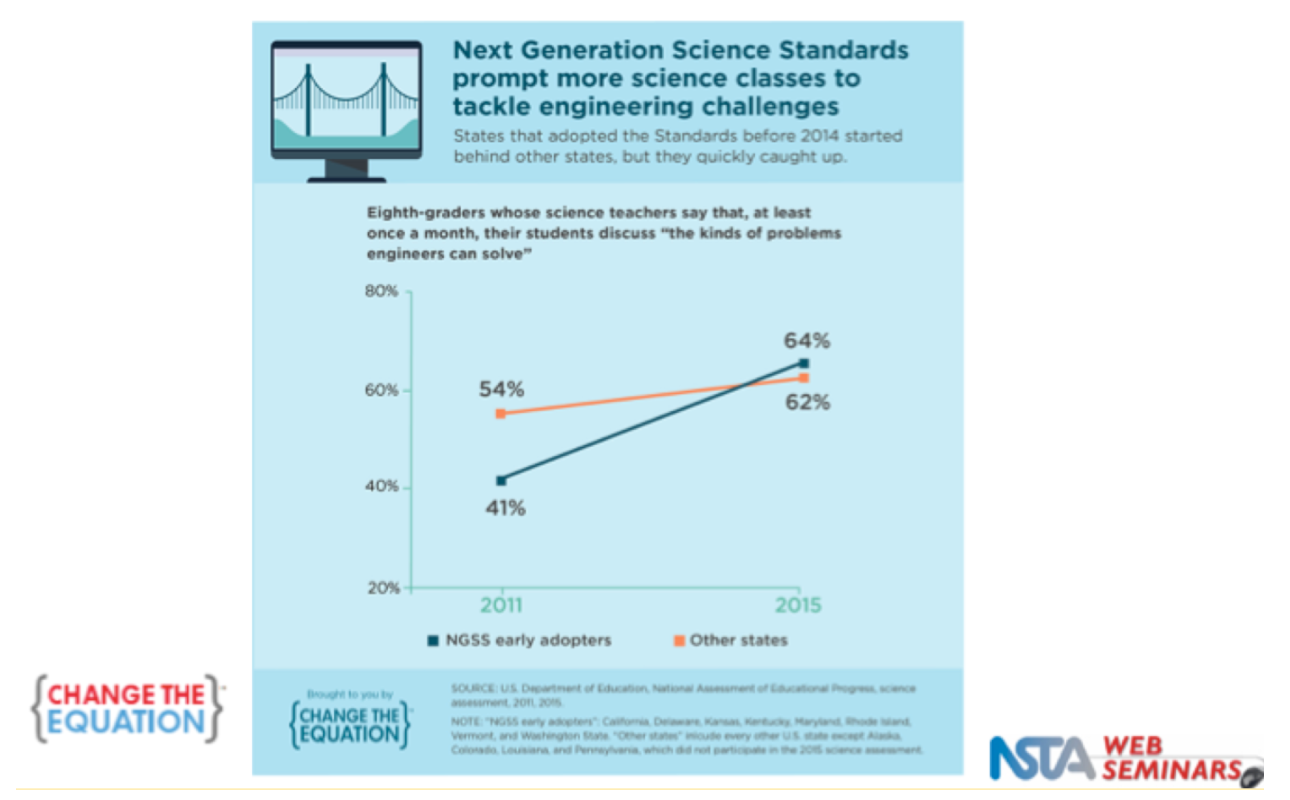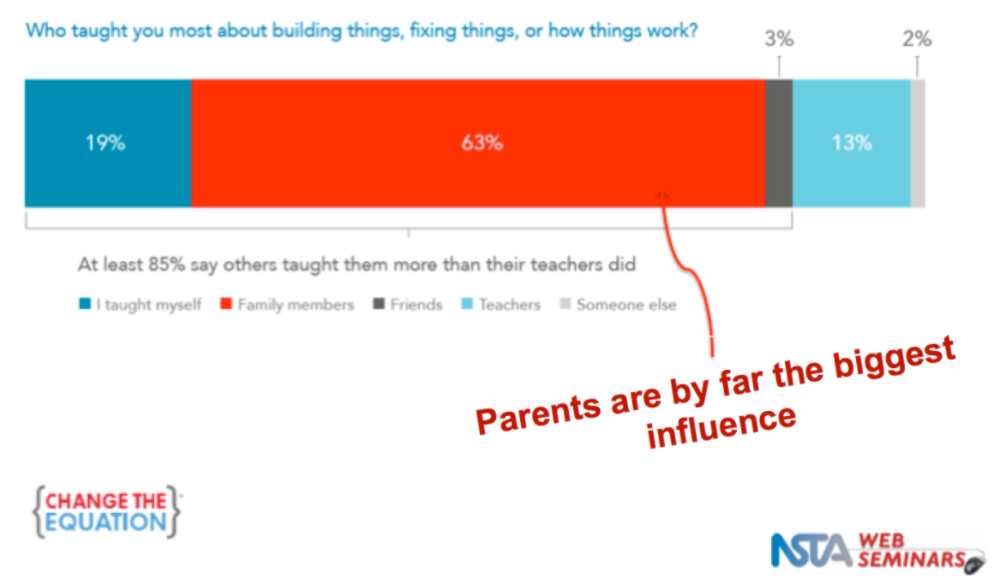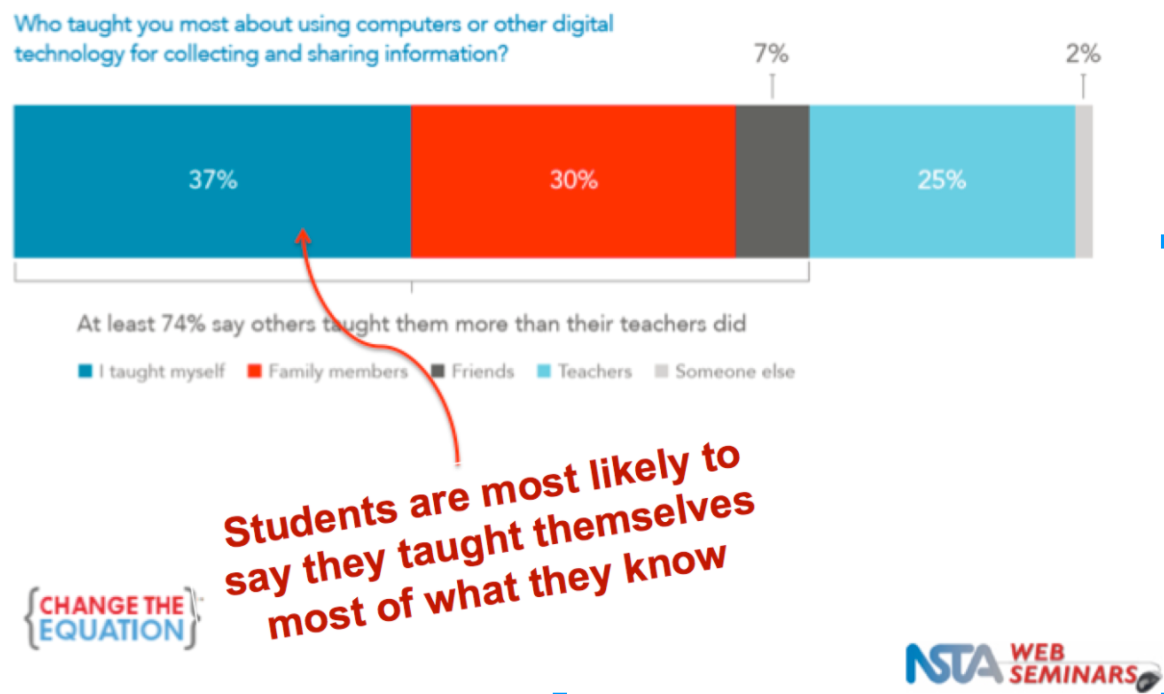The Trifecta: STEM, 3D Learning, and ART
by
Equal opportunity, preparation for college and career, innovations to improve people’s lives, and a competitive US position in a global economy—- these are the needs that are driving a rethink of the approach to education. Leading the transformation of education are initiatives like STEM and a vision for a new approach to teaching and learning articulated in A Framework for K-12 Science Education.
The Intersection of New Science Standards and STEM
“STEM education is an interdisciplinary approach to learning where rigorous academic concepts are coupled with real-world lessons as students apply science, technology, engineering and math in contexts that make connections between school, community, work, and the global enterprise enabling the development of STEM Literacy and with it the ability to compete in the new economy.” (Weld, 2017)
STEM education has its roots in economic discussions and has often been characterized as a key to future job opportunities for students and ultimately the economic future of the United States. As illustrated in the graphic from the US Department of Education (USDOE) shown below, STEM jobs are projected to increase dramatically by 2020. However, according to the USDOE, many of these jobs are going unfilled as our students are unprepared for these opportunities in many cases because students do not have access to STEM education programs.

The vision of A Framework for K-12 Science Education (NRC, 2012) frames these equity issues in the context of the economic and societal challenges of a 21st Century world. The Framework also highlights the importance of science literacy, which every citizen needs to solve problems and make decisions to improve their lives. Based upon the latest research on how kids learn, the Framework recommends a level of science literacy necessary for all students, regardless of their future career aspirations.
The STEM initiative presents needs and goals–in effect, WHERE we need to go to meet the education needs of a 21st century world. The Framework vision adds the teaching and learning research that provides insight into HOW we might get there. Yet, many schools and classrooms are not engaging students with STEM learning opportunities or the innovations in learning articulated in the Framework. In order to change instruction, classrooms need support to find the intersection of STEM and the research-backed Framework. We believe ART can be the classroom vehicle for bringing them together: the trifecta– STEM, Framework-based standards, and ART.
3D learning innovation is a research-based HOW for teaching STEM
In our last post, we discussed the vision provided in A Framework for K-12 Education. The goal is a high-quality education for every student in the US that prepares them for life after the classroom regardless of their career choice. Grounded in decades of educational and neuroscience research on how students best learn, the vision emphasizes establishing regular connections between technology, engineering, science, math, and literacy–a critical innovation incorporated into the state standards being implemented across the country.
A key innovation of this vision is an emphasis on three-dimensional learning, or learning that integrates 1) science and engineering practices, 2) crosscutting concepts, and 3) disciplinary core ideas. Students investigate and solve problems using the science and engineering practices. Crosscutting concepts help organize and connect student thinking and are often referred to as “thinking tools”. Disciplinary core scientific ideas have broad explanatory power, are relevant to people’s lives, and are critical for understanding or investigating more complex ideas or solving problems.
Three-dimensional, or “3D”, learning provides a scaffolding for HOW to effectively design and implement effective STEM instruction. 3D learning can also be the innovation that leads to deep understanding of science ideas–enabling students to become critical consumers and effective decision-makers. Without these skills, students will not achieve the scientific literacy required to engage fully in civic discussions about topics such as medical treatment, energy, environment, and make choices that benefit themselves, their families, and their communities.

As we can see in this figure from Change the Equation (1) the Next Generation Science Standards (NGSS)–which are based on the Framework vision–are encouraging more science classes to tackle engineering challenges. In addition, an innovation of the Framework and the NGSS is that students must use science ideas to inform the design solutions to these problems. Therefore, not only are students gaining a relevant and authentic focus on engineering, they are also deeply learning critical science concepts and developing scientific literacy.
Technology can be leveraged to support students acting, thinking, and communicating like scientists and engineers
As the graphic below reveals, students are largely teaching themselves about technology as a way to collect and share information. In fact, a staggering 74% of students say people outside of school taught them more about using technology than their teachers. How can schools leverage technology and instruct students on how to use it to collect, evaluate and share information in a globally connected world?
In addition to technology instruction, Engineering practices seems to be in short-supply in our schools as well (see figure below). An integration of science, engineering, and technology supports STEM initiatives while also supporting the deep understanding of science needed to be critical consumers and civic decision makers in a 21st century world.

The Trifecta supports needed change
The world is changing, the fields of science, technology, and engineering are changing, and our understanding of how students learn is changing. We need a re-think in our approach to classroom teaching and learning. The Framework and the state standards that have been developed out of this research-based Framework vision are important steps for supporting STEM education implementation. Now it is time we move on to the challenge of implementing this vision and providing classroom opportunities for students to use the science and engineering practices beyond a manual–in a live classroom. ART is a research-based approach that integrates the technology, science, and engineering practices, and use of science ideas in relevant and authentic contexts, all required to fulfill this new vision for science education.
References
(1) Presented in the NSTA webinar: NGSS and STEM, Two Converging Paths
National Research Council (NRC). 2012. A framework for K-12 science education: Practices, crosscutting concepts, and core ideas. Washington DC: National Academies Press
NGSS Lead States. 2013. Next Generation Science Standards: For States, by states. Washington, DC: National Academies Press. www.nextgenscience.org/next-generation-science-standards.
NSTA press: Creating a STEM Culture for Teaching and Learning, Weld 2017
Engineering Making Headway in Schools, Education Week, March 28, 2017.
.
With over 22 years of classroom experience, Tricia Shelton is driven by a passion to help students develop critical and creative thinking skills. Tricia is a 2014 NSTA Distinguished Teaching Award winner for her contributions to and demonstrated excellence in Science Teaching. She serves as the Director of Education Research at BenchFly and can be found on Twitter @benchfly_art and @TdiShelton.


